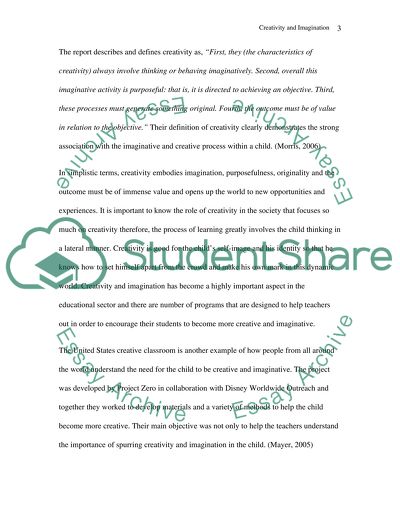Cite this document
(“Can teachers support creativity and imagination in children Essay”, n.d.)
Retrieved from https://studentshare.org/environmental-studies/1418338-can-teachers-support-creativity-and-imagination-in
Retrieved from https://studentshare.org/environmental-studies/1418338-can-teachers-support-creativity-and-imagination-in
(Can Teachers Support Creativity and Imagination in Children Essay)
https://studentshare.org/environmental-studies/1418338-can-teachers-support-creativity-and-imagination-in.
https://studentshare.org/environmental-studies/1418338-can-teachers-support-creativity-and-imagination-in.
“Can Teachers Support Creativity and Imagination in Children Essay”, n.d. https://studentshare.org/environmental-studies/1418338-can-teachers-support-creativity-and-imagination-in.


